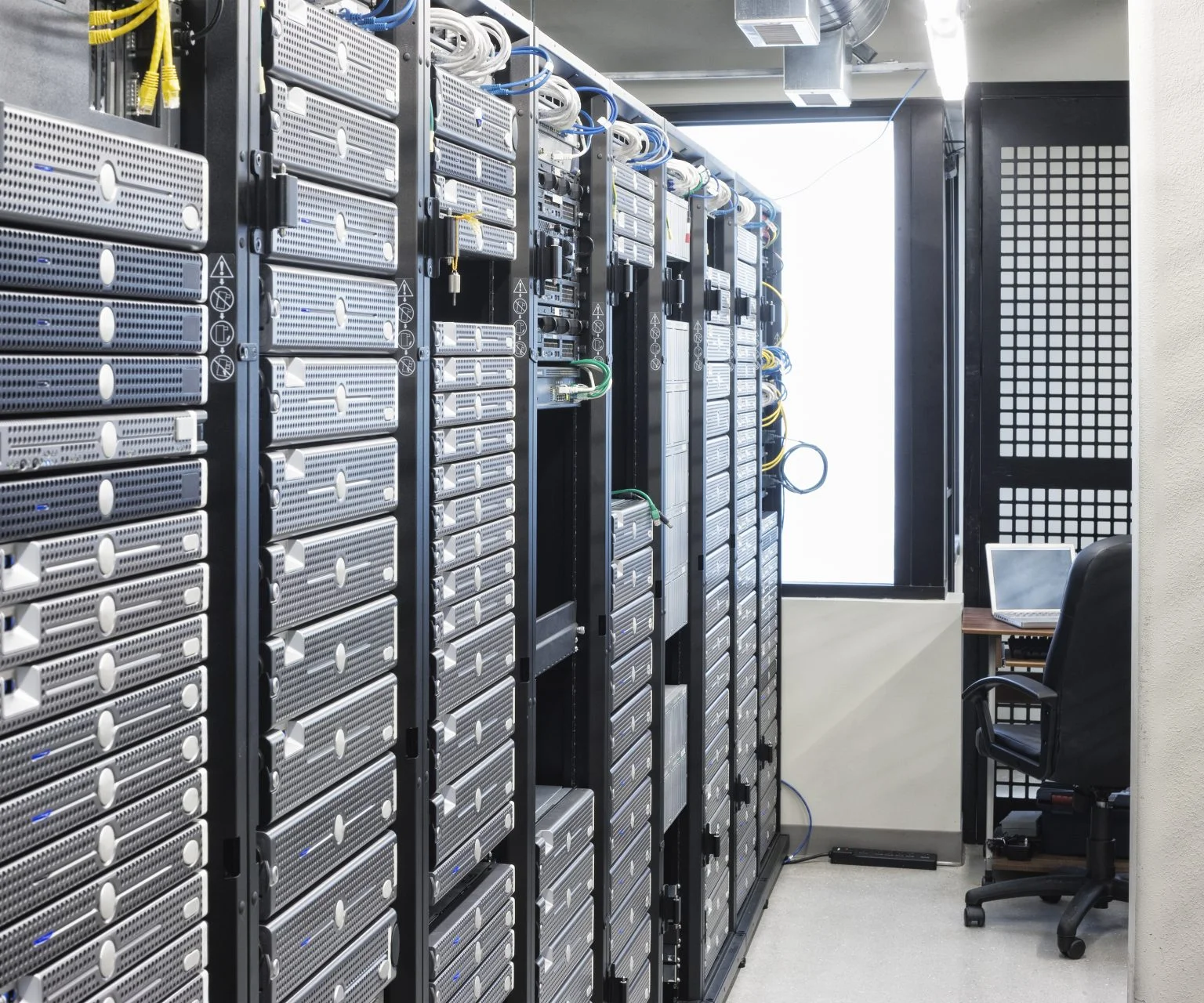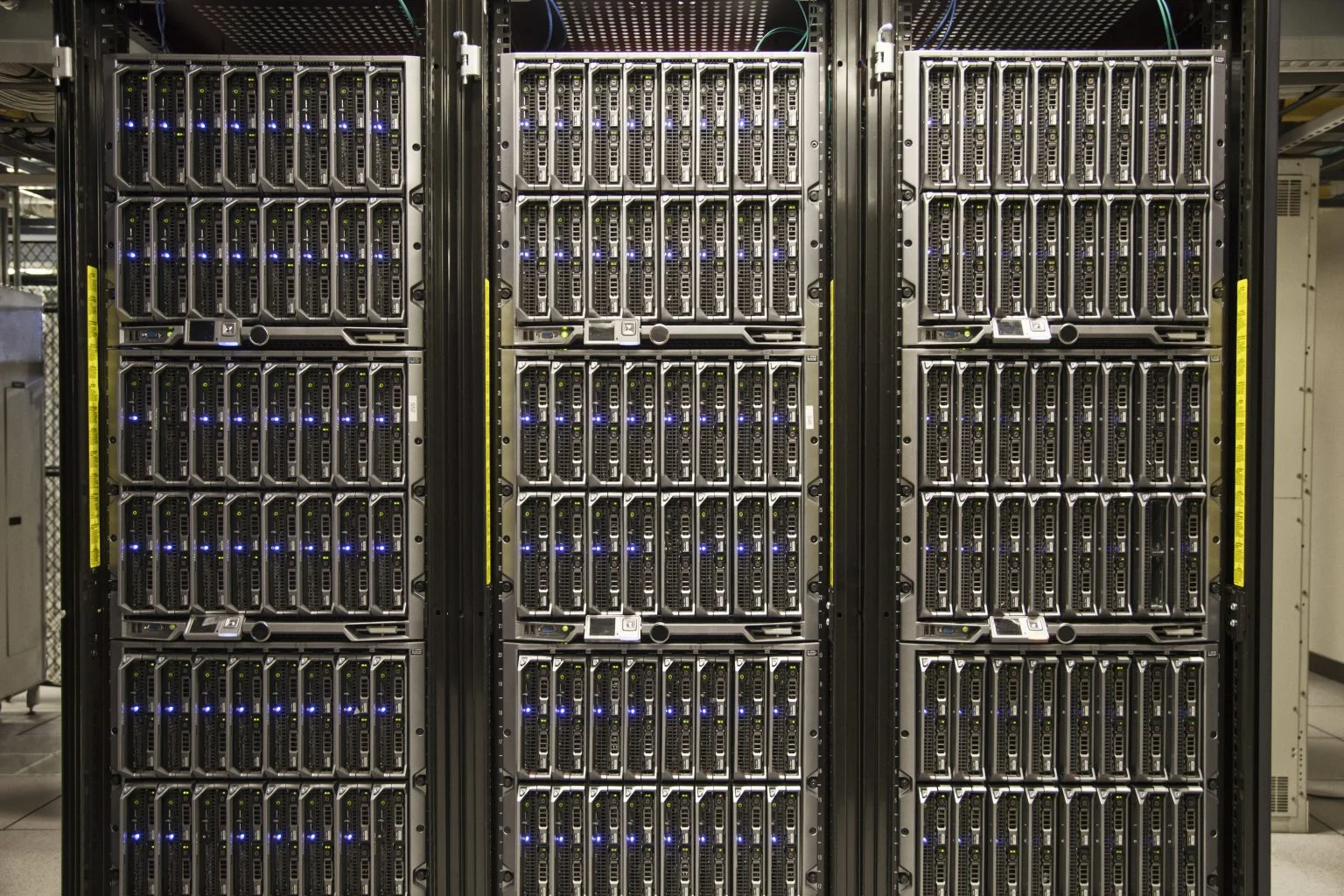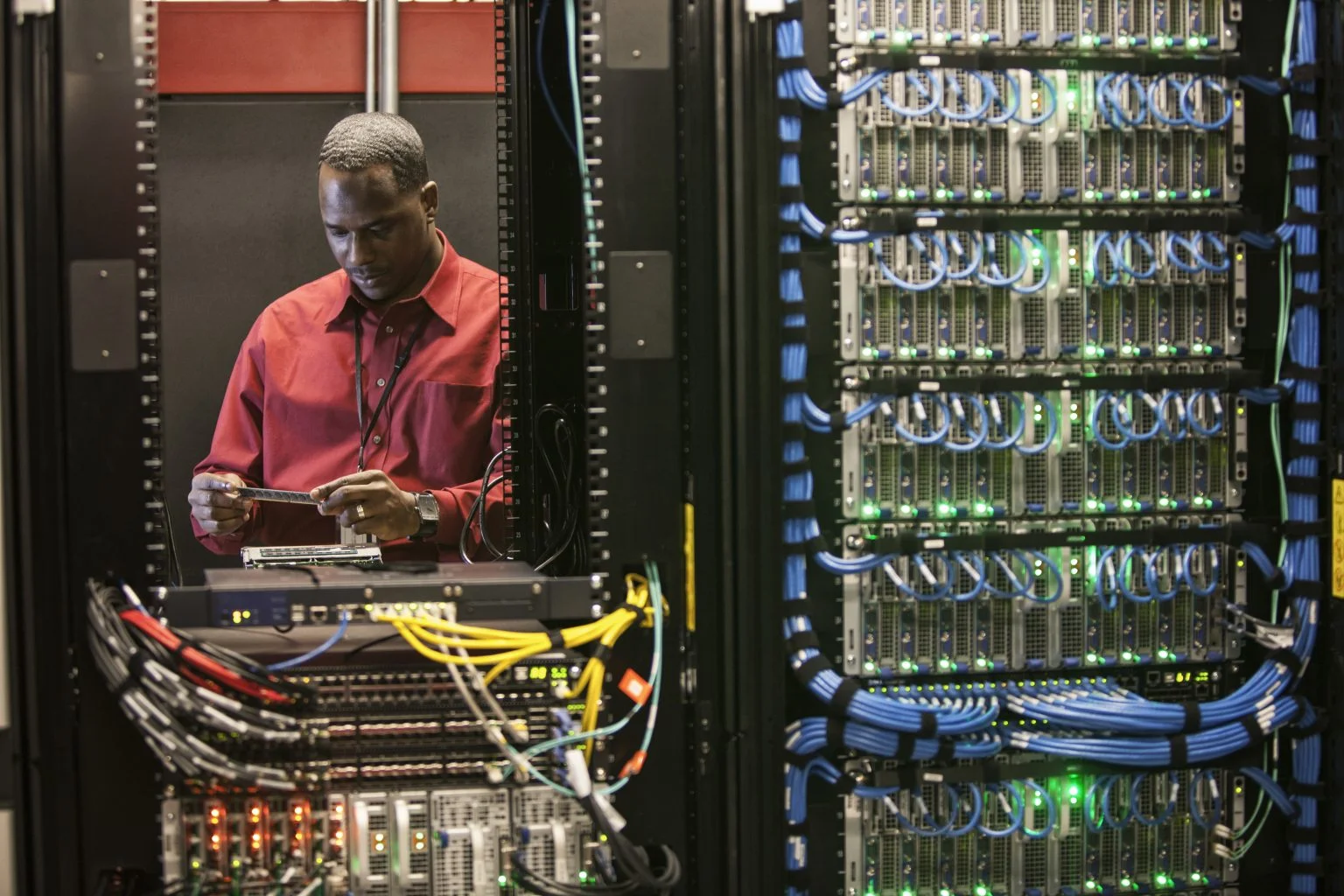A server is a computer or system that provides resources, data, and services to other computers or systems over a network. This guide will provide a comprehensive overview of servers, including their purpose, types, and how they work.
Table of contents
Purpose of servers
- The primary purpose of servers is to provide resources, data, and services to other computers or systems over a network.
- Servers are used for a wide range of tasks, including file storage, email, web hosting, database management, and application hosting.
- They are also used to manage and control access to resources and services, such as user authentication and authorization.
Types of servers
- File servers: Provide storage and access to files and documents over a network
- Email servers: Manage and route email messages
- Web servers: Host and serve web pages and web applications
- Database servers: Store and manage data in a structured format
- Application servers: Host and run applications and services
- Authentication servers: Manage user authentication and authorization
- Cloud servers: Server infrastructure provided over the internet and accessed remotely
- Virtual servers: A virtual machine that runs on top of a host operating system
- Dedicated servers: A physical server that is dedicated to a single user or organization

How servers work
- Servers are designed to handle multiple requests and connections from clients simultaneously.
- When a client requests a resource or service from a server, the server processes the request and provides the requested information or service.
- Servers also have the ability to manage and control access to resources and services. For example, a server may only allow authorized users to access certain files or services.
- Servers also have the ability to perform tasks automatically, such as regularly backing up data or monitoring for security threats.
- Servers are typically run on a 24/7 basis to ensure that resources and services are always available to clients when needed.

Server maintenance
- Servers require regular maintenance to ensure their performance, security and stability.
- This includes tasks such as software updates, backups, security patching, and monitoring system logs and performance metrics.
- It’s also important to have monitoring and alerting systems in place to detect and respond to issues as they arise.
- Regular testing and disaster recovery plans are also necessary to ensure that servers can quickly recover from unexpected failures.

Overall, servers play a crucial role in providing resources, data, and services to other computers or systems over a network. Understanding the different types of servers and how they work can help in making informed decisions about which types of servers to use for different tasks and applications, as well as how to maintain and secure them.





